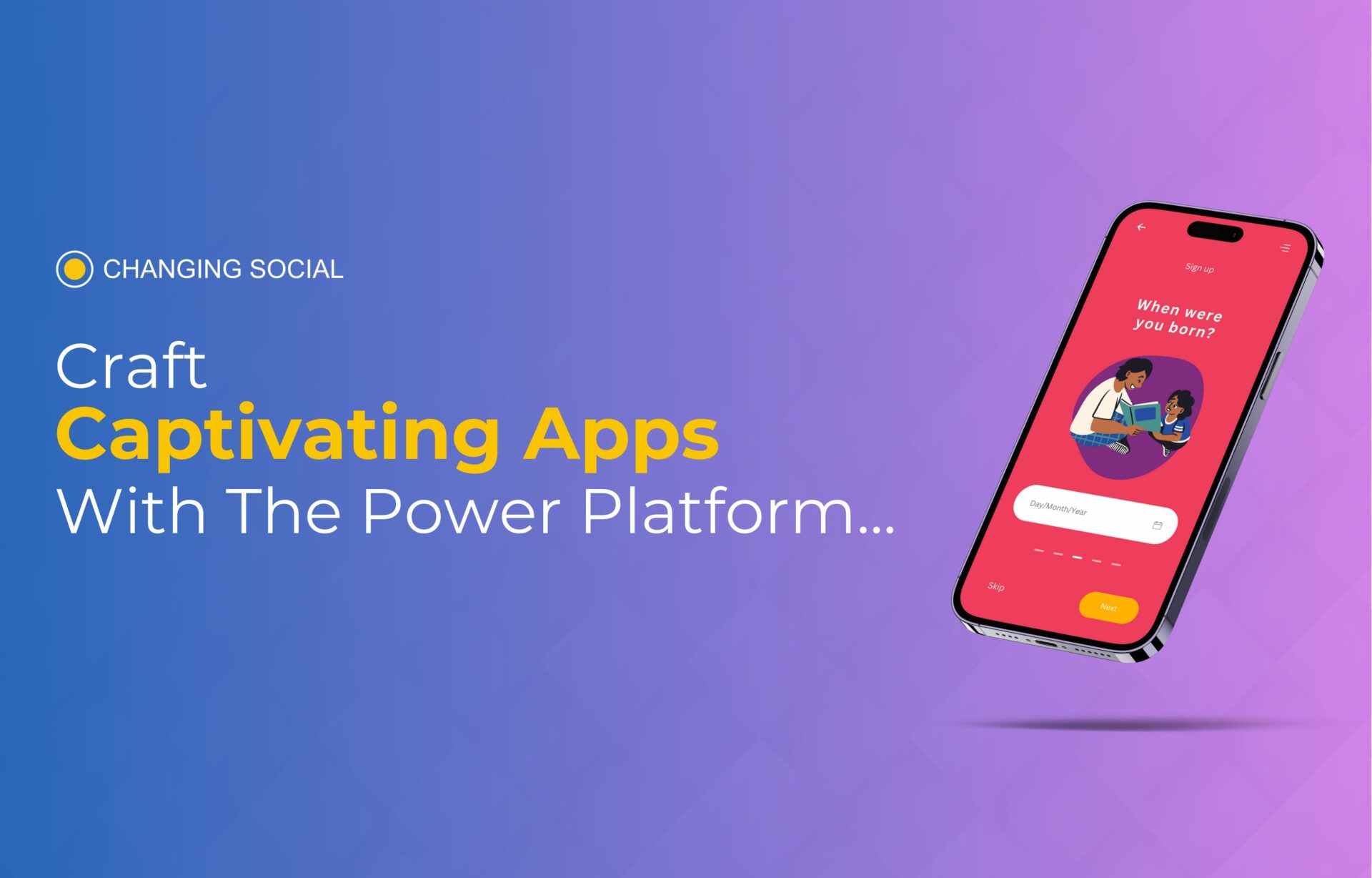Access Remote IoT Device Tutorial: A Beginner's Guide For Tech Enthusiasts
Accessing remote IoT devices has become a game-changer for tech enthusiasts and professionals alike. Imagine controlling your smart home devices from miles away or monitoring industrial sensors without stepping foot on-site. This ability not only enhances convenience but also boosts efficiency and productivity. But how exactly does one go about accessing these devices remotely? Stick around, because we’re about to break it down for you step by step.
As the Internet of Things (IoT) continues to grow exponentially, more and more devices are becoming interconnected. This interconnectedness opens up a world of possibilities, but it also comes with its own set of challenges. Security, connectivity, and ease of use are just a few things you need to consider when diving into the realm of remote IoT device access.
In this tutorial, we’ll walk you through everything you need to know about accessing remote IoT devices. From understanding the basics to implementing advanced techniques, we’ve got you covered. So grab a cup of coffee, sit back, and let’s dive into the world of remote IoT device access.
Read also:Jonathan Toews Wife The Untold Story Behind The Hockey Legends Love Life
Understanding the Basics of IoT Devices
Before we dive into the nitty-gritty of accessing remote IoT devices, it’s essential to have a solid understanding of what IoT devices are and how they work. IoT, or the Internet of Things, refers to the network of physical objects—“things”—embedded with sensors, software, and other technologies that allow them to connect and exchange data with other devices and systems over the internet.
These devices can range from simple household items like smart thermostats and security cameras to complex industrial equipment. The beauty of IoT lies in its ability to automate processes, provide real-time data, and enhance decision-making capabilities.
Key Features of IoT Devices
- Connectivity: IoT devices are designed to communicate with other devices and systems over the internet.
- Interactivity: They allow users to interact with them remotely, providing a seamless user experience.
- Data Collection: IoT devices collect and transmit data, which can be used for analysis and decision-making.
- Automation: Many IoT devices are capable of performing tasks automatically, reducing the need for human intervention.
Understanding these features is crucial when it comes to accessing remote IoT devices. Knowing how they function will help you troubleshoot issues and optimize their performance.
Why Access Remote IoT Devices?
Accessing remote IoT devices offers a plethora of benefits. For starters, it allows you to monitor and control your devices from anywhere in the world. This is particularly useful for businesses that rely on IoT devices for their operations. Imagine being able to adjust the temperature of a refrigeration unit in a remote warehouse without having to physically be there.
Additionally, remote access enables you to perform maintenance and troubleshooting without the need for on-site visits. This not only saves time but also reduces costs. Furthermore, having access to real-time data from remote IoT devices can help you make informed decisions and improve overall efficiency.
Use Cases for Remote IoT Device Access
- Smart Homes: Control lighting, security systems, and climate control from anywhere.
- Industrial IoT: Monitor and manage machinery and equipment in factories.
- Agriculture: Track soil moisture levels and weather conditions to optimize crop growth.
- Healthcare: Remotely monitor patients’ vital signs and adjust medical devices as needed.
These are just a few examples of how remote IoT device access can be applied in various industries. The possibilities are truly endless.
Read also:How To Master Iot Deployment Using Raspberry Pi Platform
Setting Up Remote Access for IoT Devices
Now that we’ve covered the basics and the benefits, let’s move on to the practical part of this tutorial: setting up remote access for your IoT devices. The process may vary depending on the type of device and the platform you’re using, but the general steps remain the same.
Step 1: Choose the Right Platform
There are several platforms available that allow you to access remote IoT devices. Some popular options include:
- Amazon Web Services (AWS) IoT
- Microsoft Azure IoT
- Google Cloud IoT
- IBM Watson IoT
Each platform has its own set of features and capabilities, so it’s important to choose one that suits your specific needs. Consider factors such as scalability, security, and ease of use when making your decision.
Step 2: Configure Your IoT Device
Once you’ve chosen a platform, the next step is to configure your IoT device. This involves setting up the necessary hardware and software components to enable remote access.
Here’s a quick checklist to help you get started:
- Ensure your device is connected to the internet.
- Install any required firmware or software updates.
- Set up a unique identifier for your device.
- Configure security settings to protect your device from unauthorized access.
By following these steps, you’ll ensure that your device is ready for remote access.
Securing Your Remote IoT Devices
Security is a top priority when it comes to accessing remote IoT devices. With the increasing number of cyber threats, it’s crucial to take the necessary precautions to protect your devices and data.
Best Practices for Securing Remote IoT Devices
- Use strong, unique passwords for all devices and accounts.
- Enable two-factor authentication (2FA) whenever possible.
- Keep your software and firmware up to date.
- Limit access to your devices to trusted users only.
- Regularly monitor your devices for suspicious activity.
Implementing these best practices will significantly reduce the risk of your devices being compromised.
Troubleshooting Common Issues
Even with the best-laid plans, issues can arise when accessing remote IoT devices. Here are some common problems you might encounter and how to troubleshoot them:
Issue 1: Connectivity Problems
If you’re having trouble connecting to your device, check the following:
- Ensure your device is powered on and connected to the internet.
- Verify that your Wi-Fi or network settings are correct.
- Restart your router or modem if necessary.
Issue 2: Security Alerts
Receiving security alerts can be alarming, but don’t panic. Here’s what you can do:
- Review your security settings and make any necessary adjustments.
- Check for any unauthorized access attempts.
- Update your passwords and enable 2FA if you haven’t already.
By addressing these issues promptly, you can ensure smooth operation of your remote IoT devices.
Advanced Techniques for Remote IoT Device Access
For those looking to take their remote IoT device access to the next level, there are several advanced techniques you can explore. These techniques can enhance the functionality and security of your devices.
Technique 1: Using APIs
Application Programming Interfaces (APIs) allow you to integrate your IoT devices with other systems and applications. This can be particularly useful for automating tasks and streamlining workflows.
Technique 2: Implementing Edge Computing
Edge computing involves processing data closer to the source, reducing latency and improving performance. This can be especially beneficial for time-sensitive applications.
By leveraging these advanced techniques, you can unlock the full potential of your remote IoT devices.
Future Trends in Remote IoT Device Access
The world of IoT is constantly evolving, and so are the ways we access remote devices. Here are a few trends to keep an eye on:
- Increased adoption of 5G technology, which promises faster and more reliable connectivity.
- Advancements in AI and machine learning, which will enable smarter and more autonomous devices.
- Greater emphasis on security and privacy as more devices become interconnected.
Staying informed about these trends will help you stay ahead of the curve and make the most of your remote IoT device access.
Conclusion
In conclusion, accessing remote IoT devices has become an essential skill for anyone working in the tech industry or simply looking to enhance their smart home setup. By following the steps outlined in this tutorial, you can successfully set up and manage your remote IoT devices while ensuring their security and performance.
We encourage you to share your thoughts and experiences in the comments below. Have you encountered any challenges while accessing remote IoT devices? What solutions did you come up with? Let’s keep the conversation going and help each other grow in this exciting field.
And don’t forget to check out our other articles for more tips and tricks on all things tech-related. Happy tinkering!
Table of Contents
- Understanding the Basics of IoT Devices
- Why Access Remote IoT Devices?
- Setting Up Remote Access for IoT Devices
- Securing Your Remote IoT Devices
- Troubleshooting Common Issues
- Advanced Techniques for Remote IoT Device Access
- Future Trends in Remote IoT Device Access
- Conclusion


